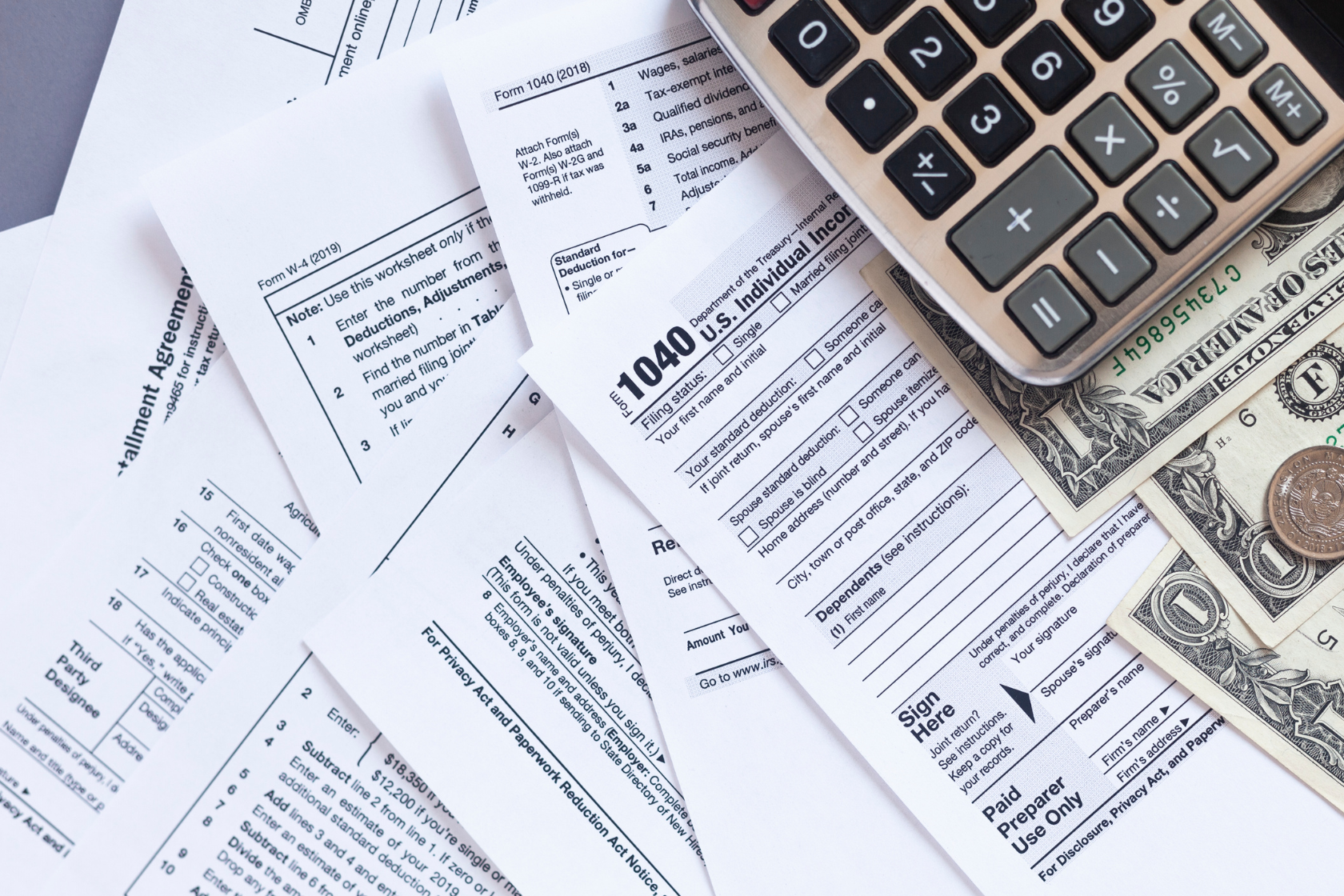CCPA: Estimated Tax Payments
As a friendly all-client reminder, Q3 estimated tax payment due dates are coming up for Harmony clients who rely on estimated tax payments to cover their tax obligations. We figure it never hurts to review the topic - estimated taxes can be confusing!
First, some practical reminders: this quarter's deadline for your estimated tax payments, both personal and business, is September 15th. We always send reminder emails to clients, but if you need a copy of your estimated tax vouchers, they are readily available in your client portal. If you encounter any challenges accessing the portal, our administrative team is here to assist you; please contact them at admin@harmonycpa.com.
Looking forward, as we enter the back portion of the year, if you anticipate that your income for 2025 will be materially different from 2024 and would like to adjust your estimates for the remainder of the year, please reach out and we will gladly schedule a meeting to review income expectations and make any necessary adjustments. We're here to support you every step of the way.
Estimated Quarterly Tax Payments
For people who receive primarily wages, called W-2 income, income taxes are withheld from each paycheck along with the employee’s half of the required contribution for Social Security and Medicare Taxes (for W-2 wages, the employer is responsible for the other half of FICA taxes). The net effect of this arrangement is that most taxpayers don’t have to deal with estimated tax payments.
If you run your own business, freelance, or control your own hours as an independent contractor, however, you become liable for managing the ongoing tax payment process by paying estimated taxes. Estimated taxes are required to be paid as you earn income throughout the year. Since non-wage income earnings can be unpredictable and not subject to withholding, estimated tax payments are calculated estimates of your tax bill. Anyone who is earning income resulting in a tax liability in excess of $1,000 is responsible to pay estimated taxes quarterly to the IRS and, usually, to their state, as well.
As complicated as this seems, it is easy to handle your estimated tax payment obligations efficiently and (relatively) painlessly as long as you are communicating regularly with your Harmony tax accounting team and staying on top of your estimated tax payments.
The IRS requires estimated taxes to be paid approximately quarterly, according to the schedule below:
* Due dates that fall on a weekend or a legal holiday are shifted to the next business day.
** Note two-month period.
To pay your Federal estimated taxes you need to submit your payment with a quarterly estimated tax payment form (Form 1040-ES), which you will obtain from your Harmony Tax preparer. Your baseline estimated tax vouchers amounts for the current year are set annually, during the preparation of your prior year tax return, and these are generally emailed to you at the same time as your completed return. Your tax advisor prepares these vouchers for you based on our professional knowledge of your ongoing income; there are minimum amounts that need to be paid, based on prior year results, but we will sometimes advise you to pay in an amount that varies from the statutory minimum based on what we expect to happen in a given tax year.
Once we’ve calculated your potential liability you will make payments according to the schedule (although you can prepay your liability if you desire) and payments can be made by mailing in the payment stubs on the Form 1040-ES, online or through the IRS2GO app.
If you are making estimated tax payments, as long as you pay 90% of the total tax obligation for the year in a timely manner you will be exempted from any penalties. Often the total tax obligation is difficult to pin down, as your business income and expenses are in flux for 365 days per year, so an easy way to avoid any underpayment penalty is to pay paying 100% of your previous year’s tax obligation (110% if your gross income is over $150,000) as estimated tax payments. This safe harbor strategy protects you from underpayment penalties and ensures you pay in the minimum required amount, but it doesn’t match your estimates to your income: if your business has declined vs the prior year, you may end up with a large refund, or if your business has grown, the balance due with your return could be quite substantial. To that end, we recommend reaching out to our team at the beginning of November if you get close to the end of the year and expect that your final taxable income will vary substantially from the prior year’s; we can schedule an estimated tax review together and update your Q4 vouchers to reflect expected final balances.
Estimated taxes are a bit scary for many taxpayers, but they’re not nearly as complex as they sound. Handling them successfully follows the same rules for success as every other aspect of small business – planning, relying on expert advice and adhering to schedules. By working together with your Harmony Tax team we can make the process smooth and easy.

